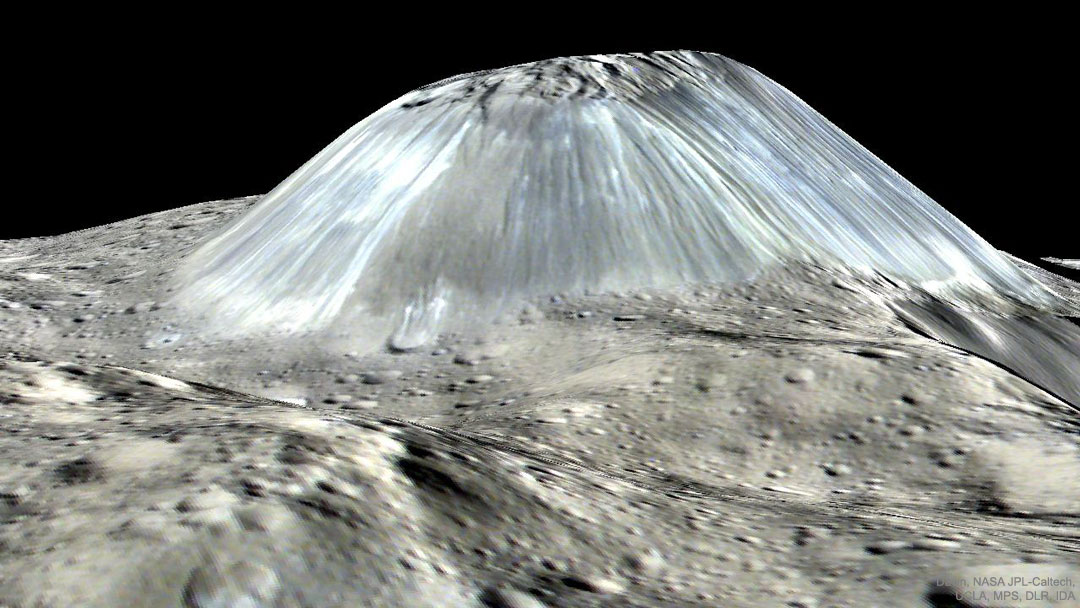Just in time for Halloween, my topic this week focuses on electron degeneracy pressure specifically to delve into how “A degenerate gas does not expand when the temperature increases as an ordinary gas does.”
In 1923, Arthur Stanley Eddington derived a formula to relate the luminosity of a star to its mass, and in the same year correctly interpreted high-density, white dwarf stars as being formed of matter so dense that atomic electrons have collapsed from their orbits, a substance we now call degenerate matter. (Levy, p. 116)
Young giant stars of a certain size, between .4 and 2 solar masses, have helium rich cores squeezed by gravitational force into a crystal-like solid. At these pressures, the atoms become completely ionized, separately into nuclei and electrons and are so closely crowded together that become influenced by the Pauli exclusion principle phenomenon. Two identical particles are not allowed to exist in the same place and time. As the electrons are pressed closer and closer together, the exclusion principle forces many of them to move faster and faster so they do not become ‘identical’ (meaning occupying the same space and moving with the same speed of adjacent electrons) and consequently this motion increases the repulsion between the electrons. This state provides pressure in the core preventing it from collapsing and is referred to by astronomers as degeneracy. Thus, low-mass giants with helium-rich cores are supported by electron degeneracy pressure. (Comins, p. 335)

If that wasn’t bizarre enough, here’s where it gets weirder: A degenerate core’s pressure does not change with temperature. Continue reading “Flashy, Bizarre, Weird Degeneracy”












